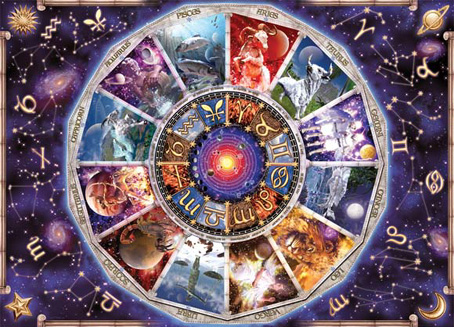Astrology is “the study of the supposed influences of the stars and planets on human affairs by their positions in relation to each other” according to the Merriam-Webster’s School Dictionary. Some information on this topic includes how according to astronomers, the signs of the zodiac refer to constellations of stars which are used as a sort of road map for looking into space, not an insight into human behavior. The point of view of astrologists is that by mapping out the movements of the celestial bodies, they can predict human behavior based on when someone was born. Astronomers disagree based on the facts that the constellations of the zodiac are too far away from earth to have any real affect on us. The stars of the zodiac are not even in our solar galaxy, and therefore do not even effects us gravitationally, let alone by a mysterious force that affects behavior.
The assumption of the horoscopes produced by astrologists is that they will be correct in their predictions. The consequences of this assumption can be that they turn out to be true, either by coincidence or by will of the believer reading the horoscope, or the prediction will prove to be untrue. The possible negative consequence comes when the believer does something risky to make the prediction true, this could include investments that turn out badly later on. On the popular astrology website there is a disclaimer that notes that the information that can be found should be used only for entertainment purposes.
The question at hand is whether or not astrology can be considered a substantial science. According to science it is not a science because the readout of horoscopes cannot possibly be true based on scientifically based fact and statistics. One example of statistics is asserted here, and the scientific information was gathered from Professor Sowers of General Astronomy here at Stockton.












